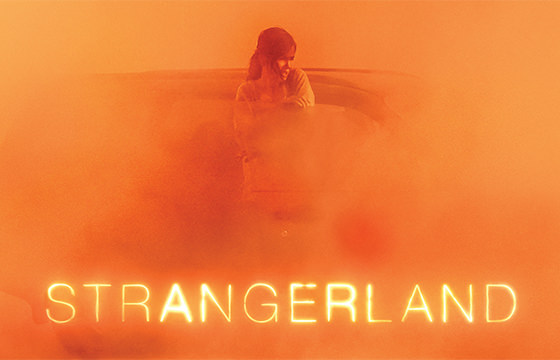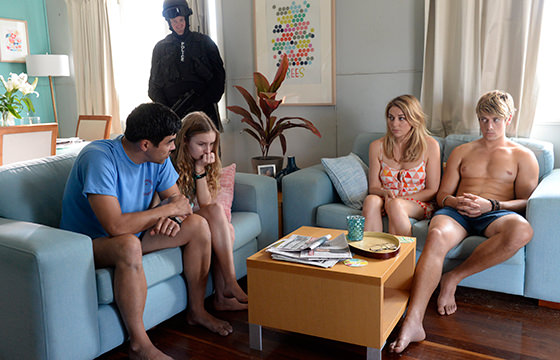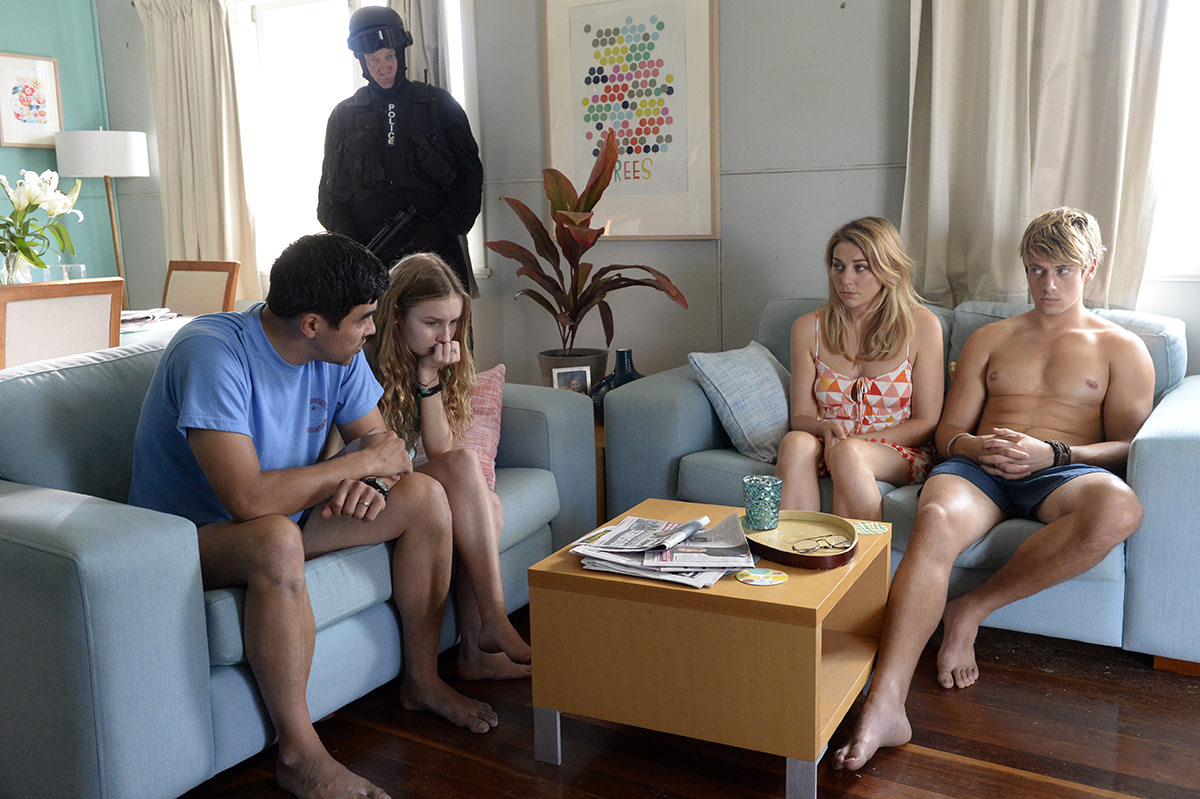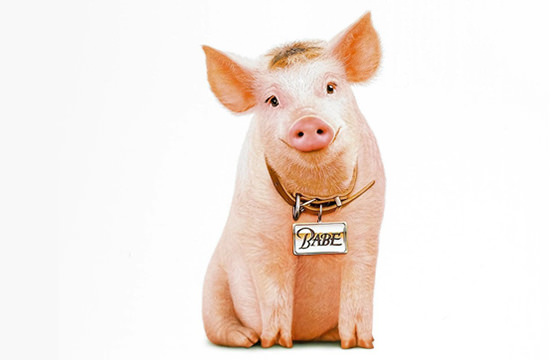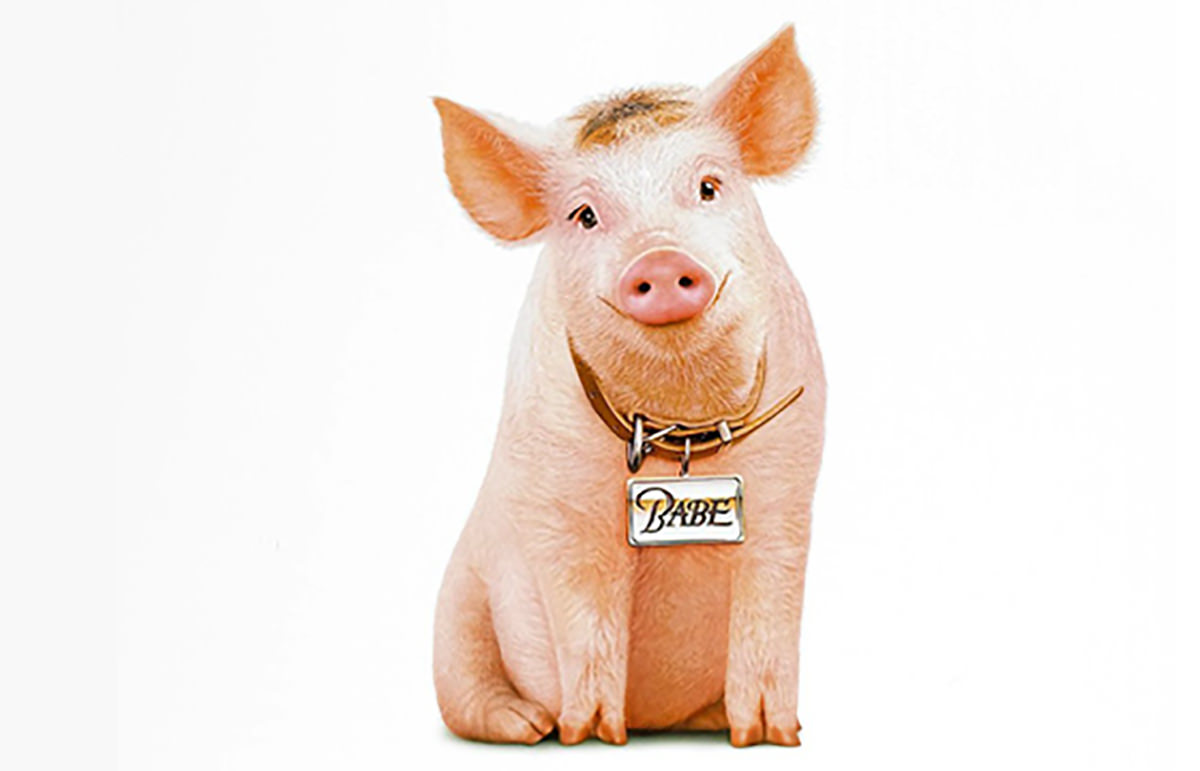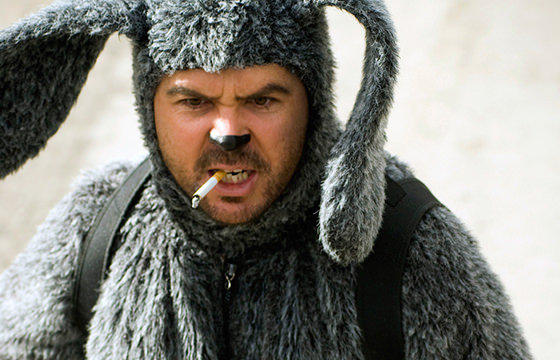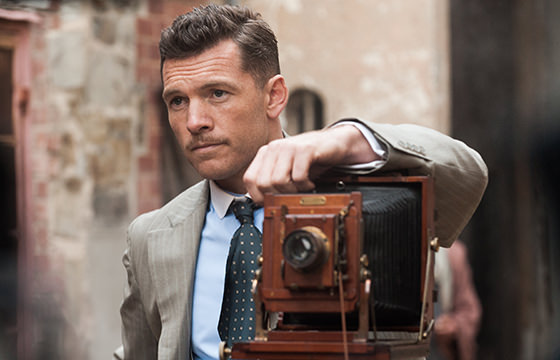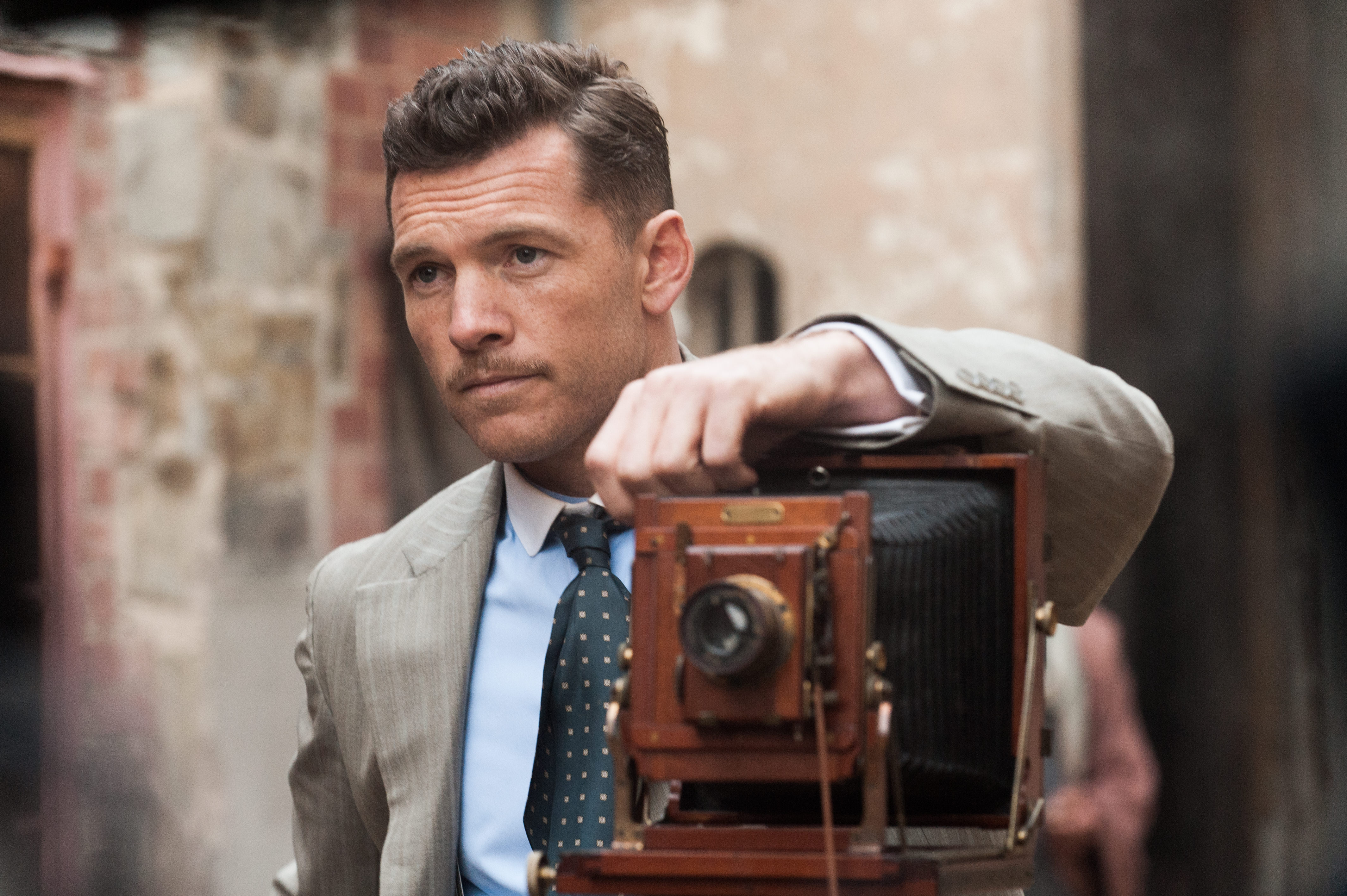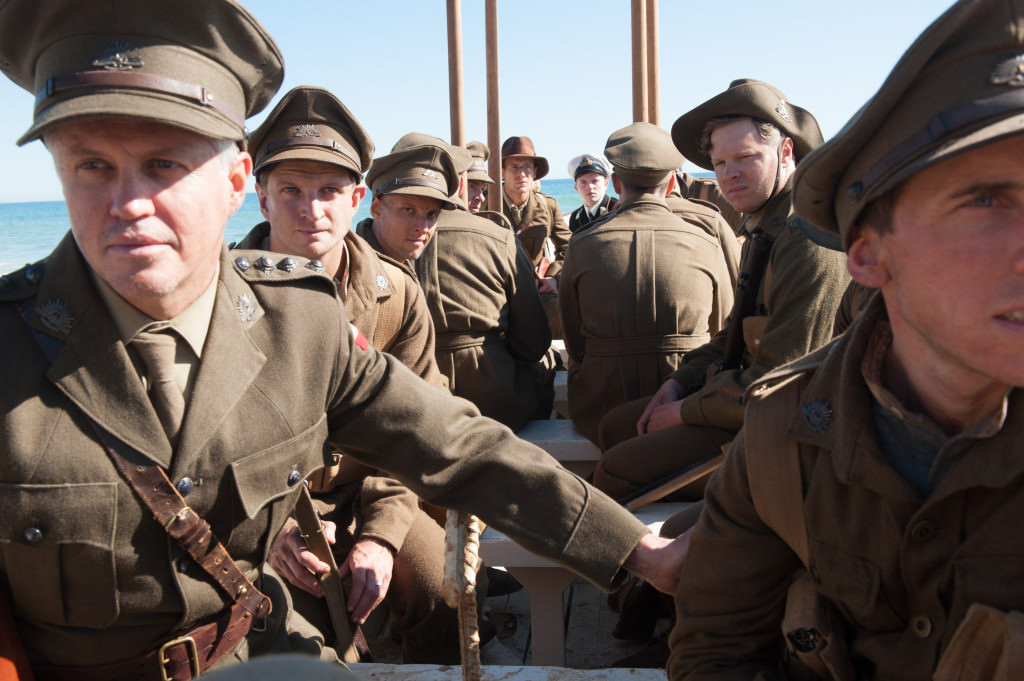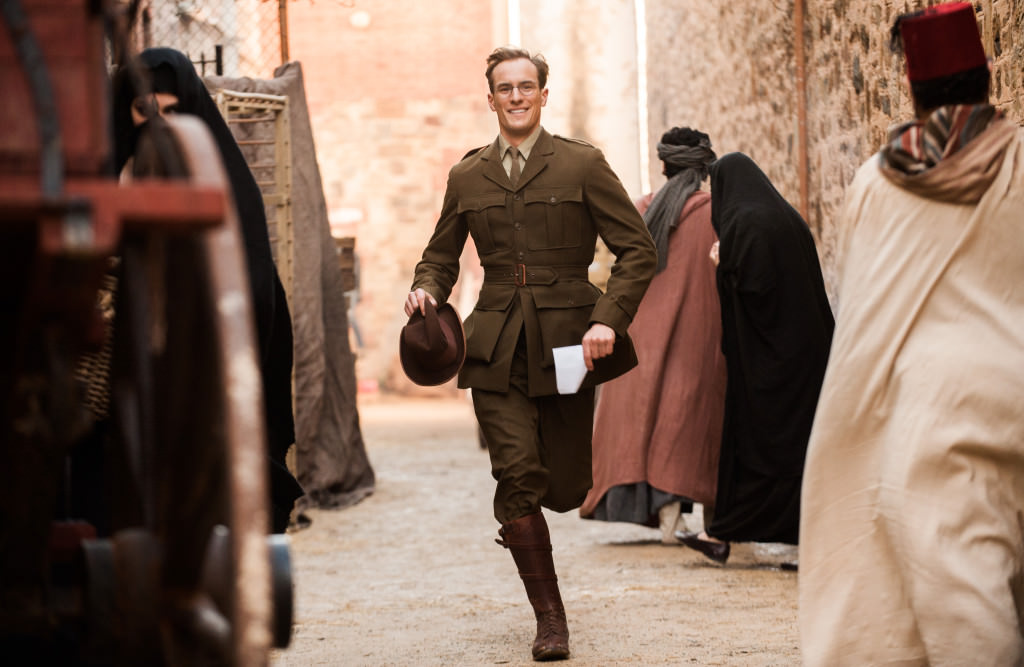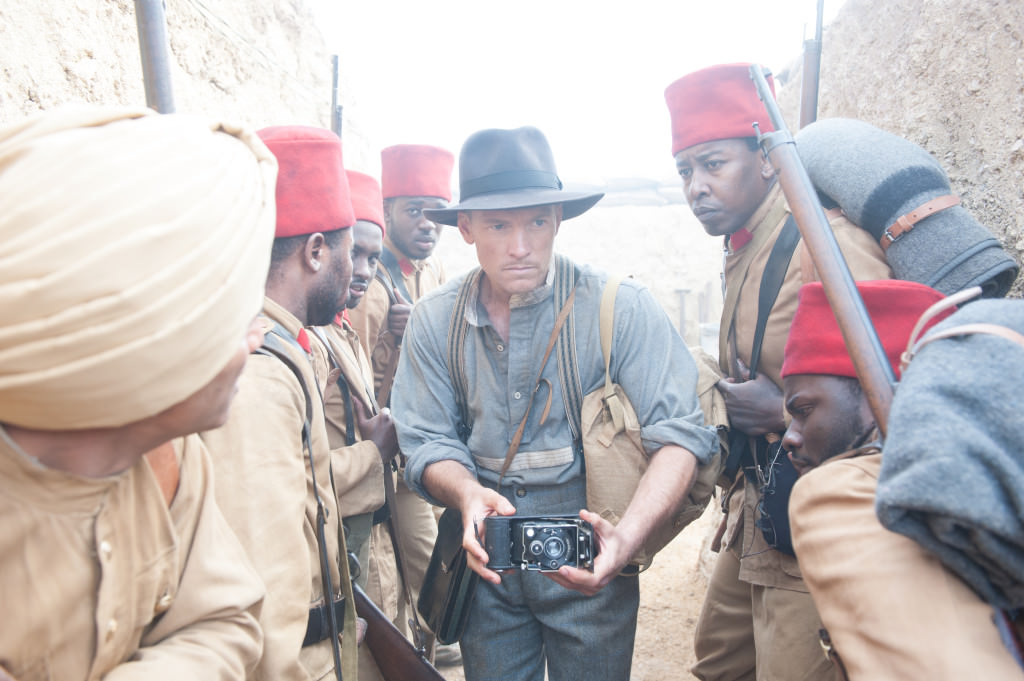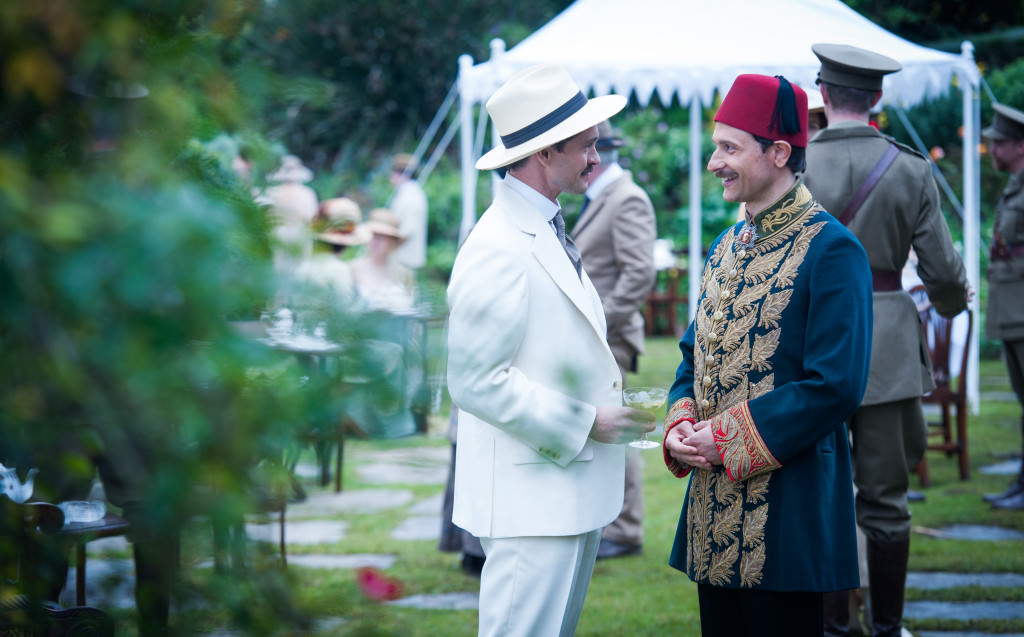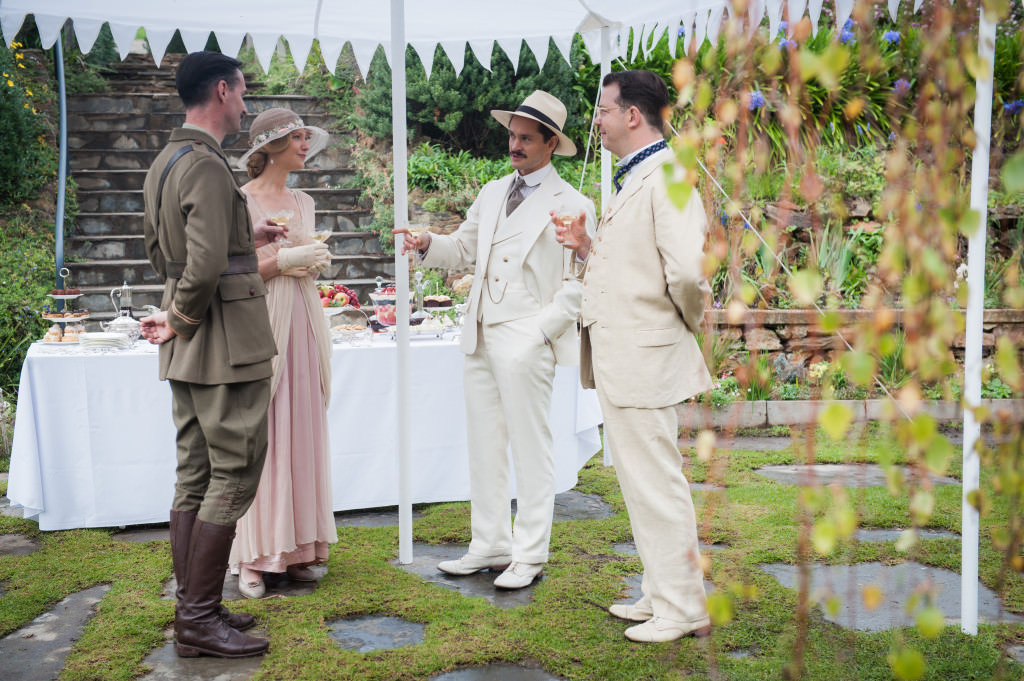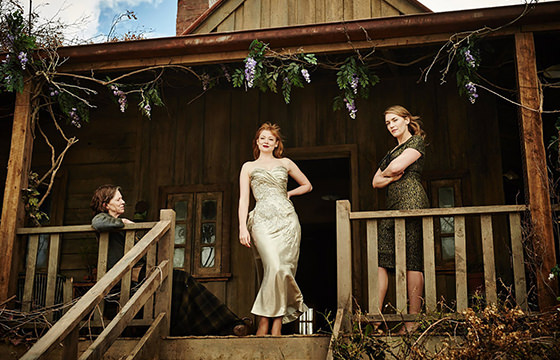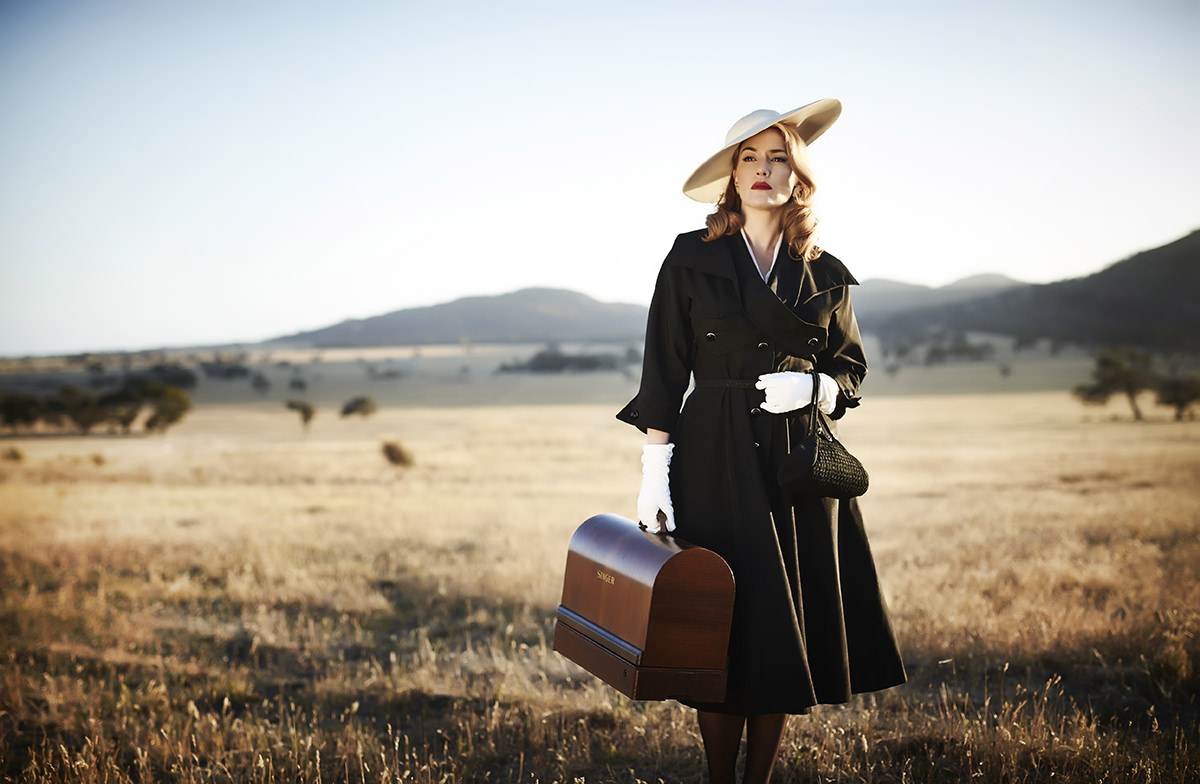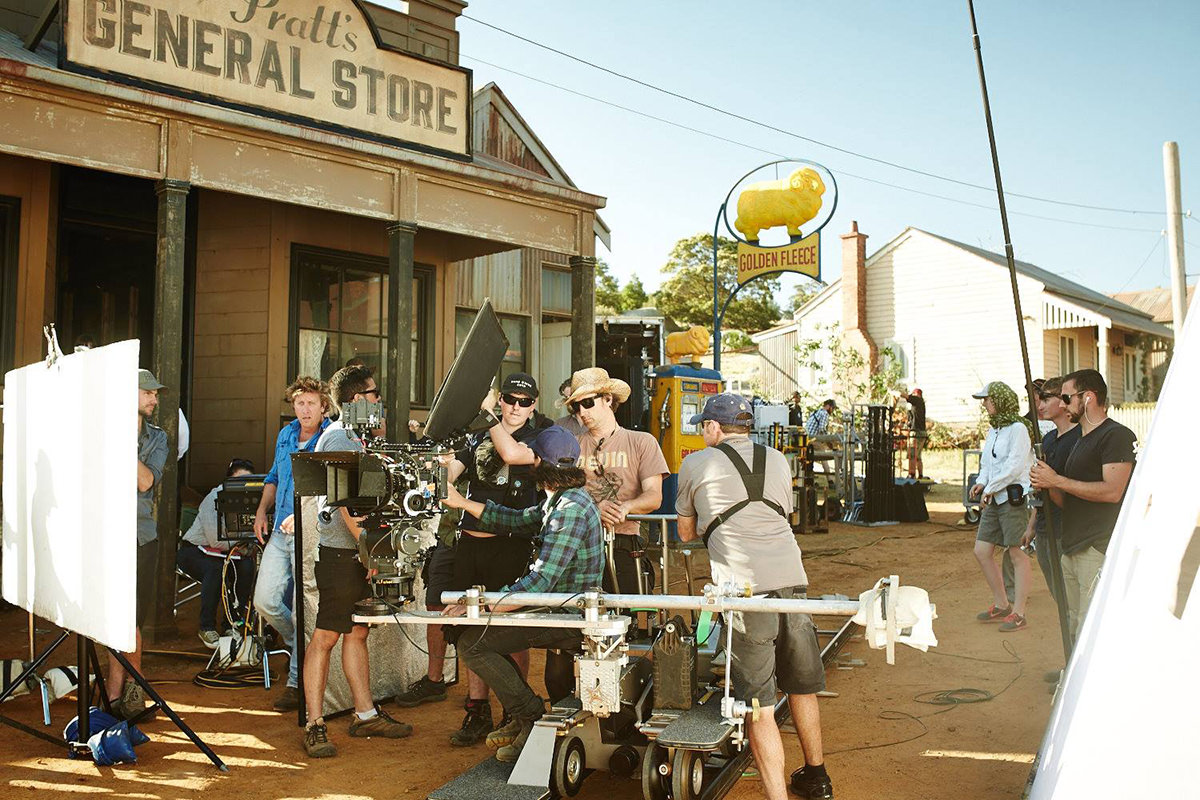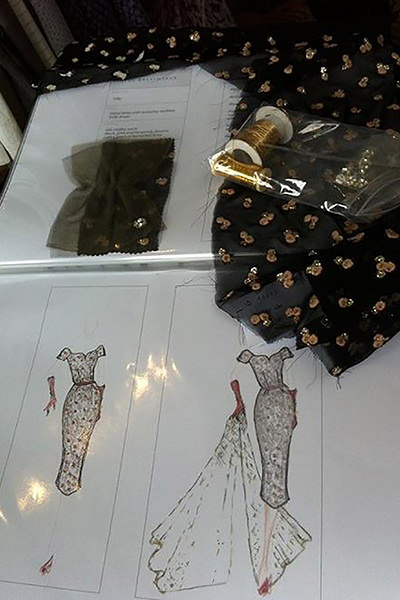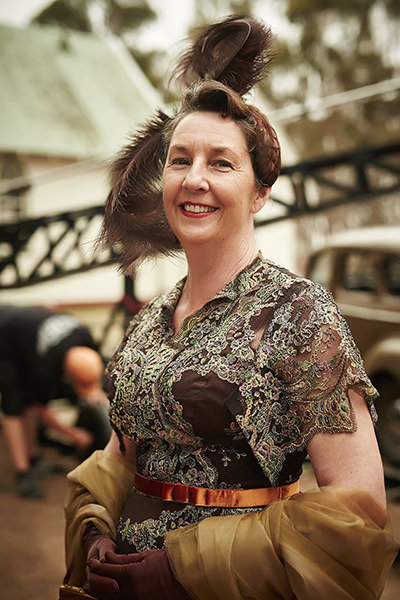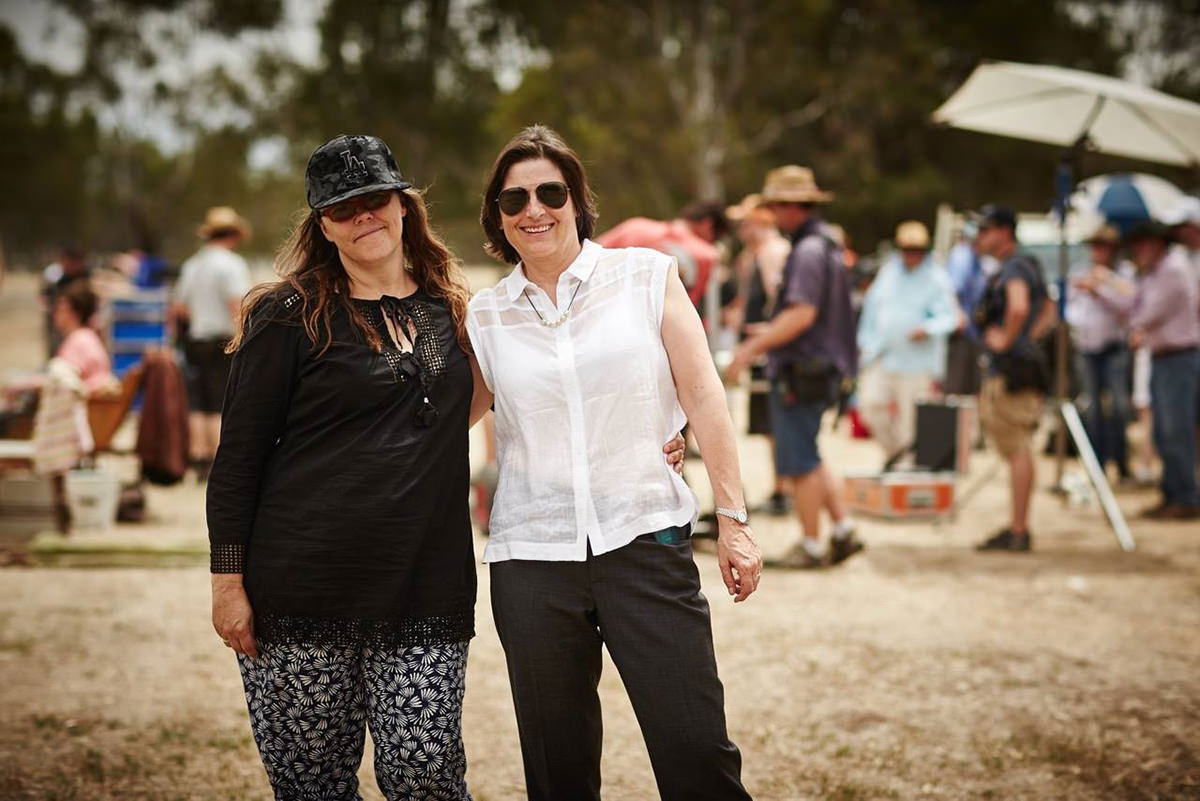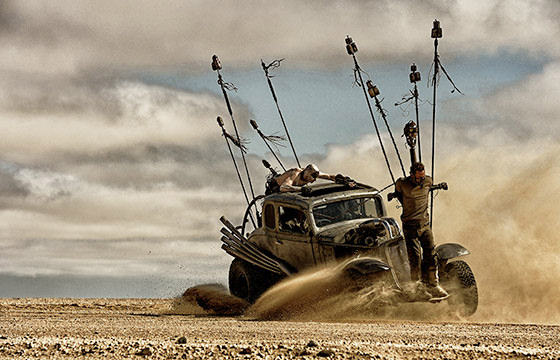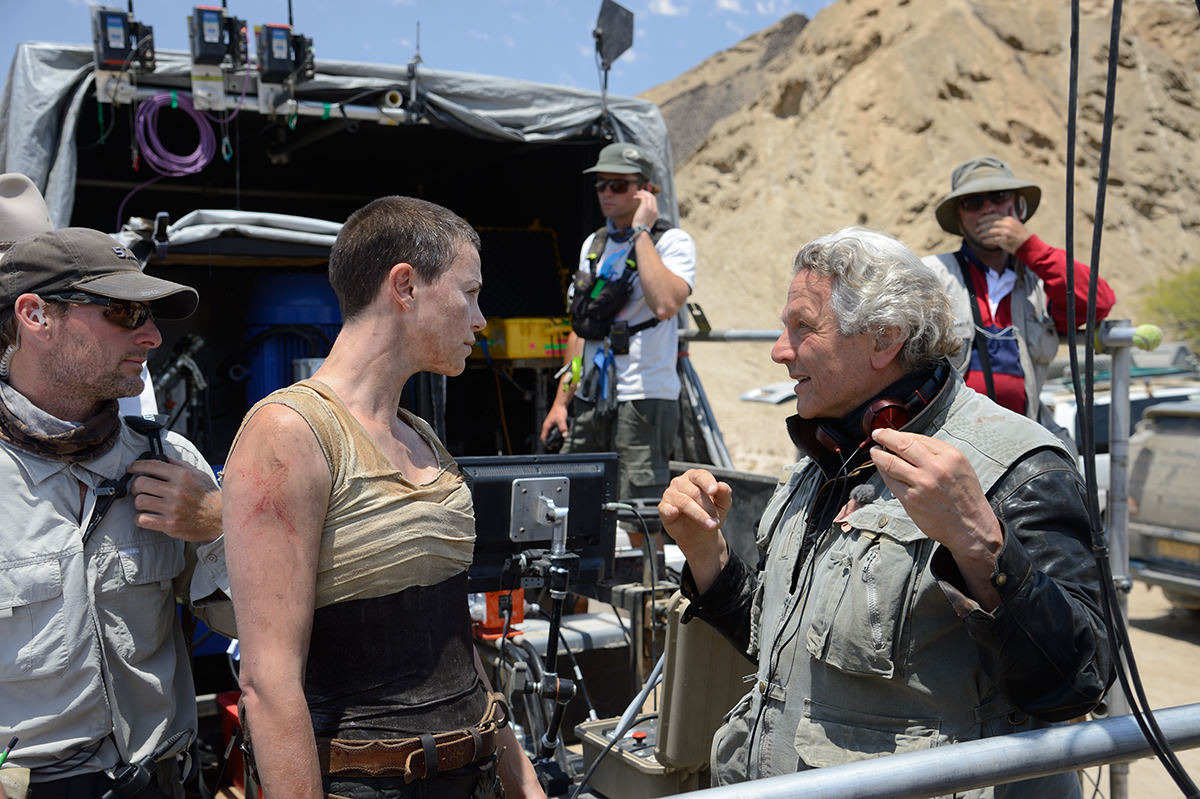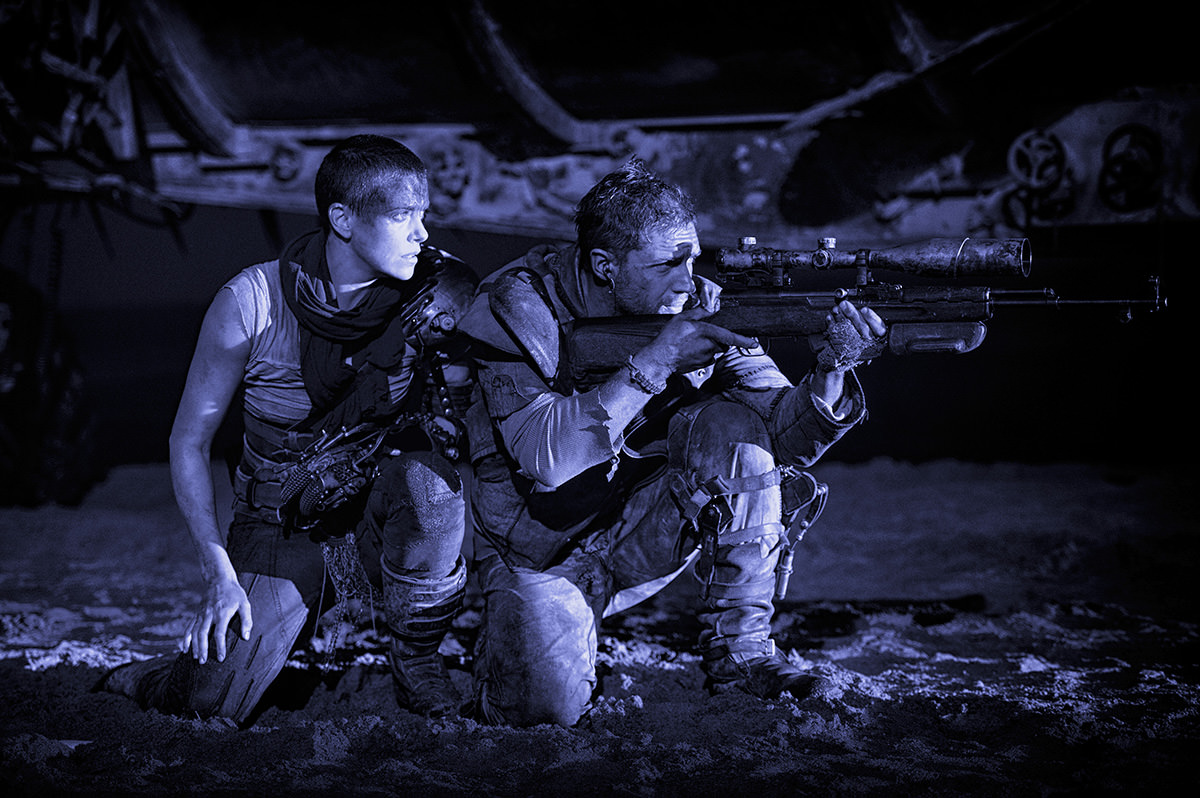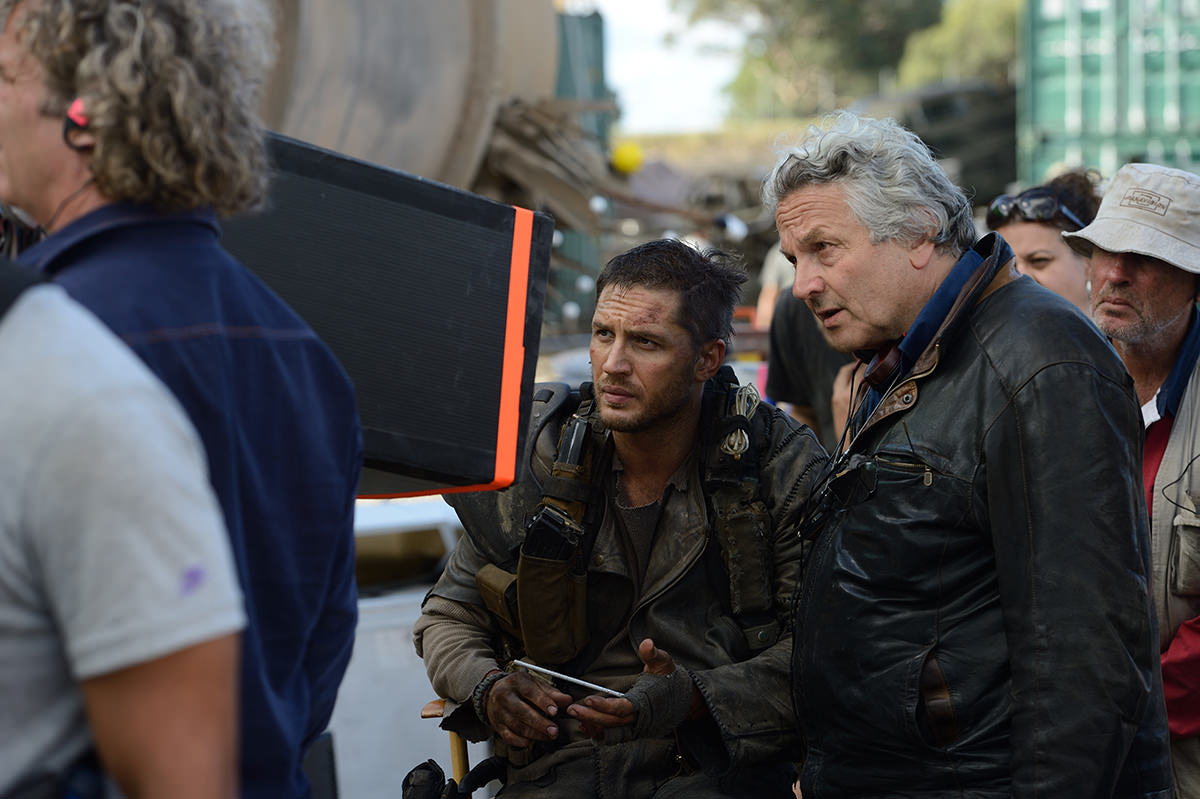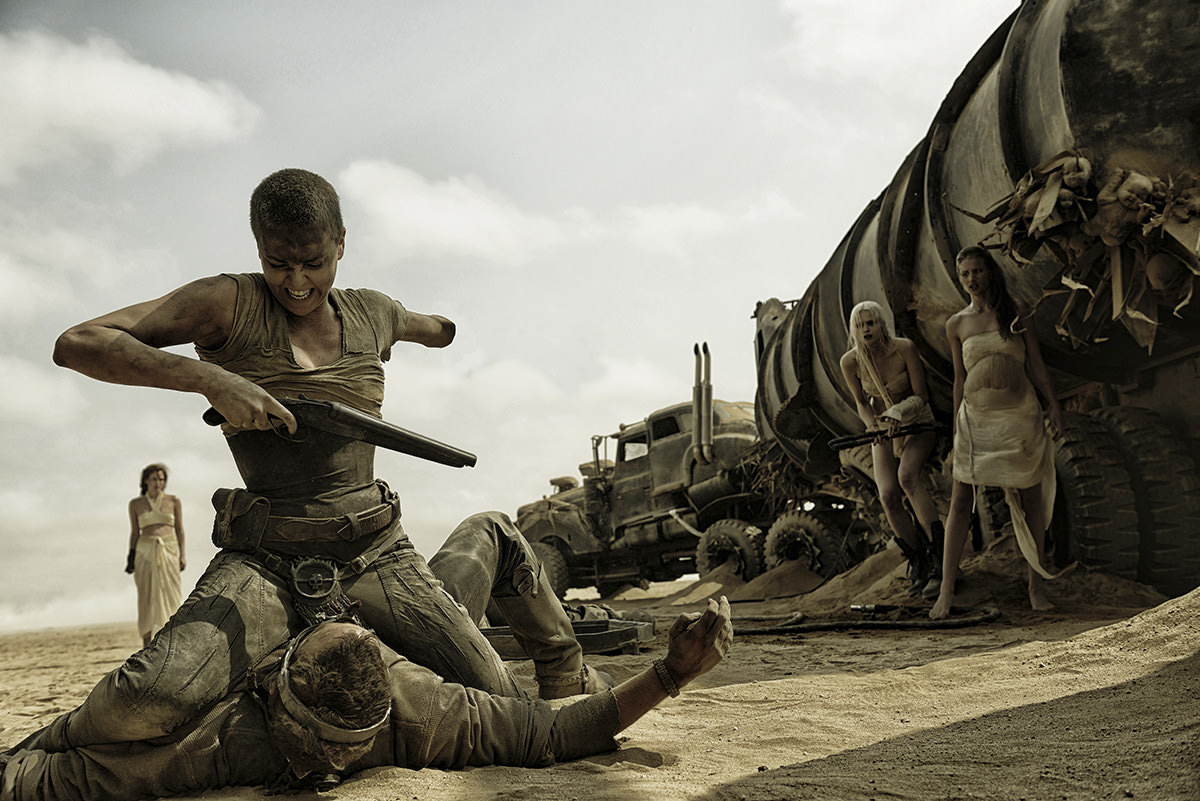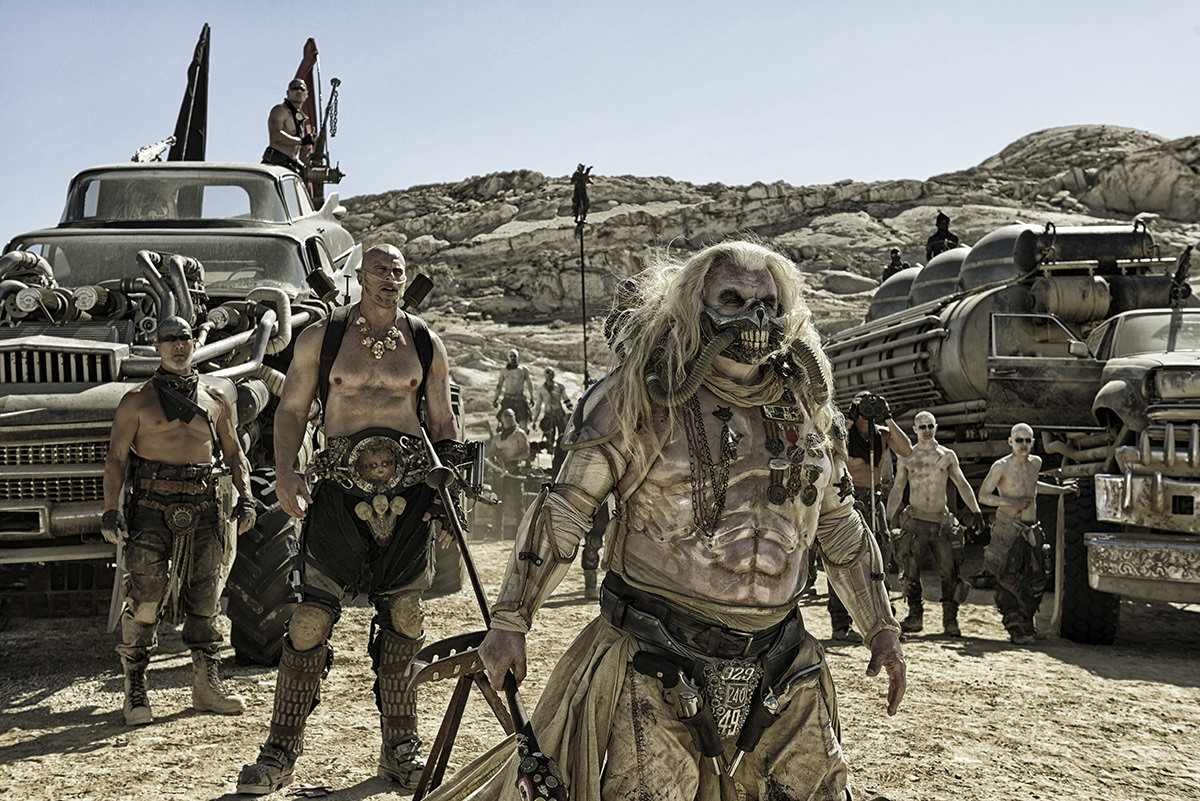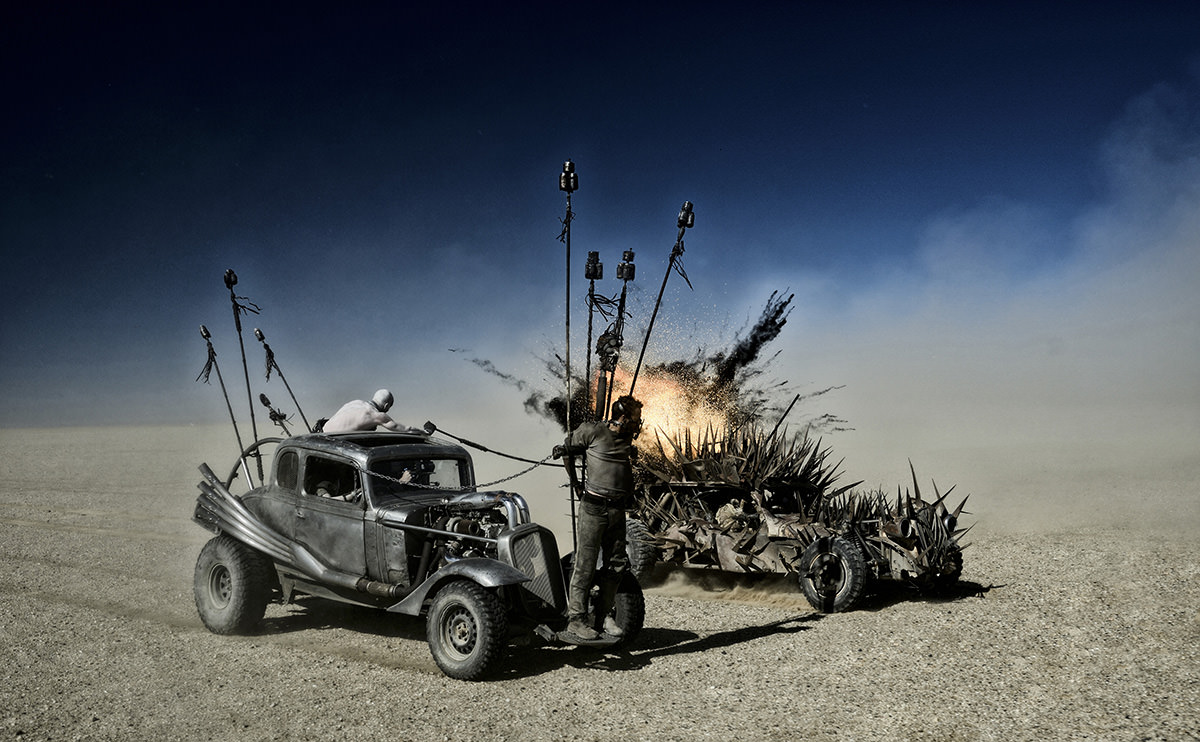Hiding is a thrilling eight part series about a family in strife. Dad, Troy, is caught up in a drug bust gone bad, forcing him and wife, Bec, and teenage kids, Mitchell and Shaneen, into the witness protection program. The family packs up their lives and head interstate. Sydney’s inner west proves very different to the Gold Coast, as the family adjusts not only to a new place, but also new names, new jobs, new schools and new histories. It’s a high-stress home situation that’s often made more so by the slapdash detective, John Pinder, tasked with the family’s welfare. Not to mention the ever-present threat of being found by Troy’s previous employer, Nils.
We talk to the series creator, writer and producer, Matt Ford, about coming up with this riveting television.
Screen Australia: Which TV series that you’ve seen inspired you to create something like Hiding?
Matt Ford: I’m a huge fan of The Sopranos, so I think it was a pretty big inspiration to create something based around a family, with a crime element. I also loved Friday Night Lights, and the relationship between the coach and his wife was one I’ve thought about a lot. That was one of the first shows I ever saw that treated teenagers like they were adults, and in some cases, cast adults to play them. I loved that.
SA: How did you come up with the concept for the show – a family new to the witness protection program?
MF: I’d had the idea for a long time, just kicking around in the back of my mind. I’d never seen witness protection done very well, and I was puzzled by this. It seemed like potentially rich territory. And I wanted to write something about a husband and wife, so… I started making notes about my two lead characters, and everything else came fairly quickly.
SA: What kind of research was involved in writing the parts of the show like the drug bust, the characters John Pinder, Kosta and Nils and the stuff about the witness protection program?
MF: I have a weird relationship with research. I get fascinated by stuff and I research it. But I try not to become a slave to the research. I’m not making a documentary, I’m telling a fictional story. Also, I’ve learned the hard way that people have their own preconceived ideas about what’s ‘true’ or not.
SA: Which family member do you feel for the most during the whole ordeal – moving to Sydney, new identity, and no more contact with friends and other family?
MF: It’s been fun to get feedback from the audience about it – so many people have said to me, ‘hey, the kids. Please be kind to the kids, they didn’t deserve this, this is freaking us out’. I think maybe Maree/Bec is the one who affected me the most – she really cops it. But it changes, depending on the episode.
SA: Which episode is your favourite?
MF: Episode 5 is my favourite – Lincoln and the stalker, and the judge’s car, etc. I was happy with the story and the script, but then the direction by Grant Brown just lifted the whole thing up to another level. The performances from James and Kate are stunning. The music, by Dave McCormack, and Rodrigo Balart’s editing. It’s one of those times where you watch the first screening and think wow – I want to shake the hand of every single person in the crew – they did their jobs perfectly.
If you missed Hiding when it aired on the ABC a few months ago, you’re in luck – the DVD is out now.
